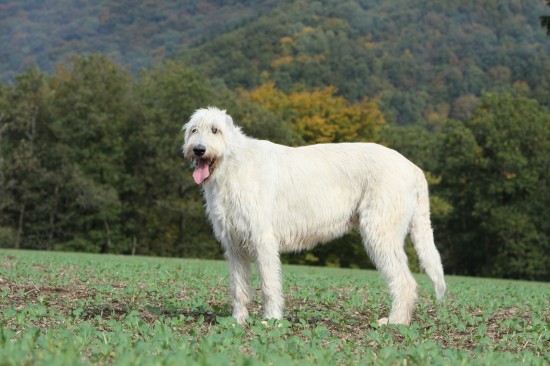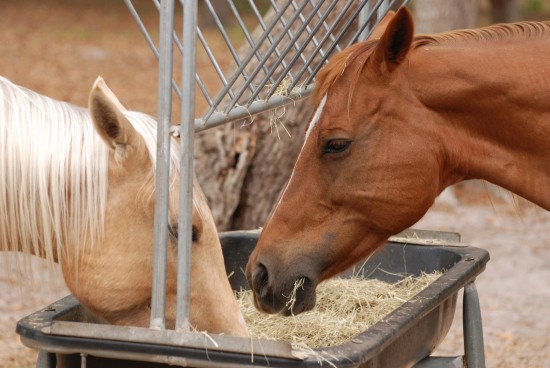
Jerry is a twelve year-old Labrador. When his owners decided to get a dog, twelve years back, they were certain they wanted a Labrador because of its friendliness and charm, but never did they imagine they were adding such a joyful member to the family.
As they will confirm, Jerry chose them. He was the shy one of the pack, or that was his strategy?the truth is that, he was so quiet and calm when they arrived at the shelter, that he was not noticed amid the chaos of little paws, wet tongues, and lovely barks of his brothers and sisters fighting to reach Olivia and Mike抯 legs; until Olivia looked up and saw two shiny, timid eyes locked into hers. That was it!
Jerry arrived home that same day, and for twelve years he has loved and has been loved, he has learned and has taught, he has been happy and has given happiness to others.
Jerry is now an old dog. His hair is not what it used to be, his sight is blurring, and six months ago he started suffering from a serious case of arthritis. He started slowing down and eventually was not able to hold his weight on his back legs. Jerry is part of a family and everyone learned to provide the appropriate care for him, giving him the best quality of life possible in spite of his illness.
Here are five things Jerry抯 owners learned about how to care for a handicapped dog. As long as he is still cheerful, hungry, and doing pretty much everything he used to do, he can still have a happy life:
1. Show him your love and devotion and treat him with respect. After a lifetime together, and so many years of unconditional love a dog is able to give, there comes a time when it is you who has to show how much you care. Even more than people, a dog can sense who loves him and cares for him, and this will instantly invigorate him.
2. If you live in a two-story house and the dog is used to being upstairs, move him downstairs, but tending to his every need and making the environment attractive so that he doesn抰 feel left out. Some of your own activities may have to be moved downstairs to keep him company.
3. In the early stages of disease, make his environment comfortable and hazard-free to enable the use, for as long as possible, of the majority of his physical capabilities. There are special steps to help him get out of the car or get off the bed without having to take a big jump that could damage his bones and joints faster.
4. Do not deprive him of his beloved walks and quality time outside; it keeps him active and alive. Instead, support him with an appropriate harness and help him maintain his pace and activity level for as long as possible.
5. When he is no longer able to walk by himself, do not treat him like an invalid; instead, enable him to move as he used to. Get him a wheelchair or special cart to support his body. He won抰 even notice it and will continue to be his old self for quite some time.
Find the coolest Pet Gadgets ever!
If you enjoyed this article, please feel free to post it to your site or blog and forward this link to your friends. Have a great day!
 How What You Feed Your Dog Can Affect Their Temperament And Personality
How What You Feed Your Dog Can Affect Their Temperament And Personality
 Identifying An Oesophageal Blockage In The Dog
Identifying An Oesophageal Blockage In The Dog
 Can Canine Flea Treatments Lose Their Effectiveness Over Time?
Can Canine Flea Treatments Lose Their Effectiveness Over Time?
 Urinary Incontinence And Oestrogen Levels In Bitches
Urinary Incontinence And Oestrogen Levels In Bitches
 Eye Disorders Commonly Seen In Birds
Eye Disorders Commonly Seen In Birds
 All About The Irish Wolfhound
All About The Irish Wolfhound
 So You Think You Want A Dog?
So You Think You
So You Think You Want A Dog?
So You Think You
 Applehead Siamese Cats - What Are They?
Applehead Siamese
Applehead Siamese Cats - What Are They?
Applehead Siamese
 How To Recognise And Deal With Choke In Horses
How To Recognise
How To Recognise And Deal With Choke In Horses
How To Recognise
 Humans And Their Likeness To All Other Species In The Animal Kingdom
Humans And Their Likeness To All Other Species In The Animal Kingdom
 Dogs And Head Pressing - An Emergency Symptom You Shouldn’t Ignore
Dogs And Head Pre
Dogs And Head Pressing - An Emergency Symptom You Shouldn’t Ignore
Dogs And Head Pre
Copyright © 2005-2016 Pet Information All Rights Reserved
Contact us: www162date@outlook.com